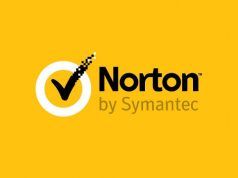Belkin N600 DB Wireless Dual Band N+ router, model F9K1102 v2 with firmware version 2.10.17 and possibly earlier, contains multiple vulnerabilities.
Vulnerabilities
CVE-2015-5987 – Use of Insufficiently Random Values
DNS queries originating from the Belkin N600, such as those to resolve the names of firmware update and NTP servers, use predictable TXIDs that start at 0x0002 and increase incrementally. An attacker with the ability to spoof DNS responses can cause the router to contact incorrect or malicious hosts under the attacker’s control.
Cleartext Transmission of Sensitive Information
Belkin uses HTTP by default for checking and transmitting firmware update information to vulnerable routers. An attacker capable of conducting man-in-the-middle attacks can manipulate traffic to block updates or inject arbitrary files.
CVE-2015-5988 – Credentials Management
Belkin N600 by default does not set a password for the web management interface. A local area network (LAN) attacker can gain privileged access to the web management interface or leverage the default absence of credentials in remote attacks such as cross-site request forgery.
CVE-2015-5989 – Use of Client-Side Authentication
When a password is implemented in the Belkin N600 web management interface, authorization is enforced client-side by the browser. By intercepting packets from the embedded server containing the strings “LockStatus”: “1” and “Login_Success”: “0” and modifying the values to “2” and “1” respectively, an attacker can bypass authentication and gain full, privileged access to restricted pages of the web management interface.
CVE-2015-5990 – Cross-Site Request Forgery (CSRF)
Belkin N600 routers contain a global cross-site request forgery (CSRF) vulnerability. An attacker can perform actions with the same permissions as a victim user, provided the victim has an active session and is induced to trigger the malicious request. Note that in default configurations lacking password protection, an attacker can establish an active session as part of an attack and does not require a victim to be logged in.
Solution
Until these vulnerabilities are addressed, users should consider the following workarounds.
Restrict access and use strong passwords
Note that there are no practical workarounds for the DNS spoofing or firmware over HTTP issues.
































